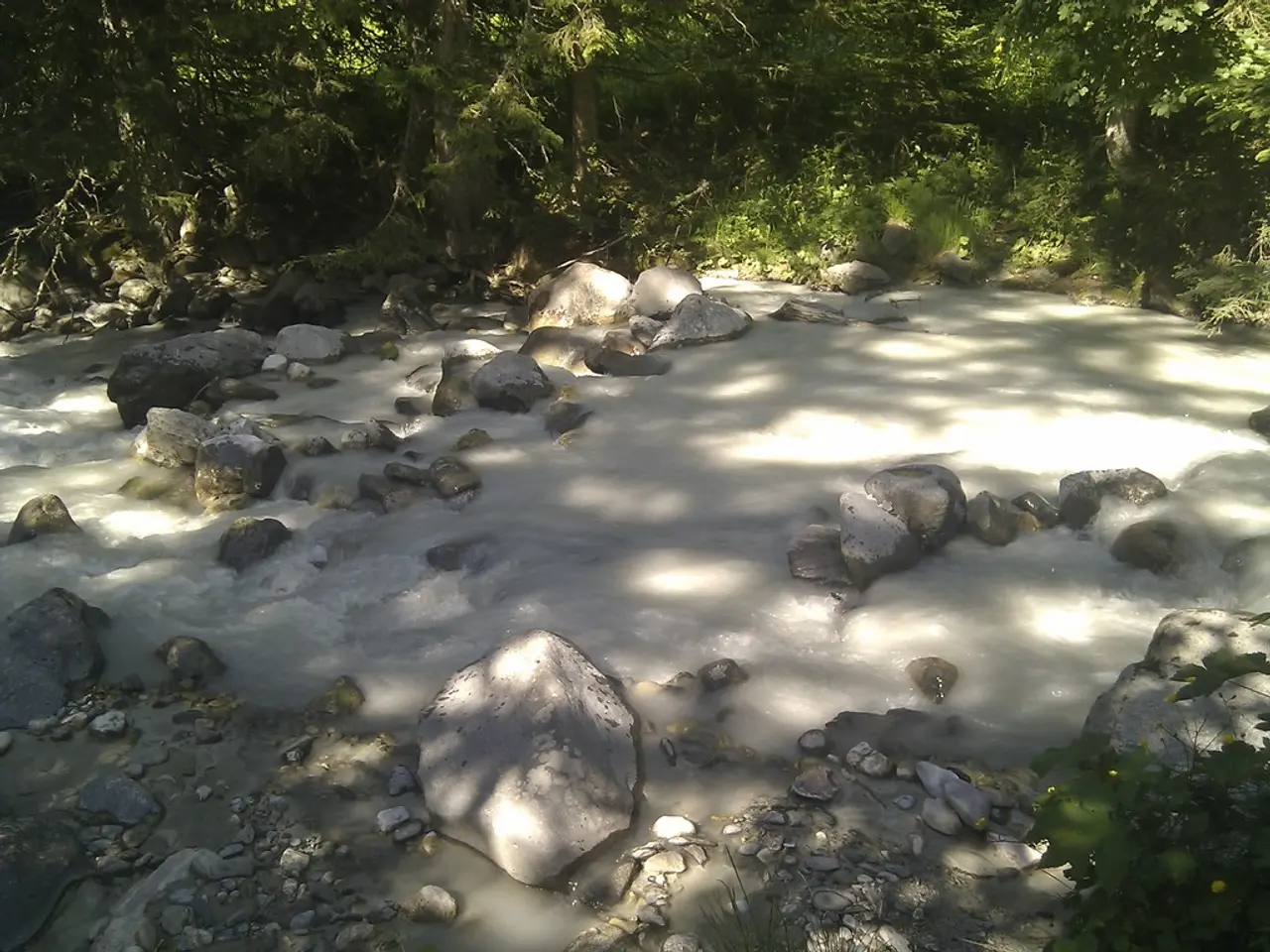Drying delta is signaled by muskrat population shifts, according to study at Stanford
The Peace-Athabasca Delta, located within Canada's Wood Buffalo National Park and five times the size of Yellowstone, is under threat, according to a new study published in Communications Biology. The research, led by Elizabeth Hadly, an environmental biologist from Stanford University, highlights the impact of human-driven changes in water systems and climate on this delicate ecosystem.
The study focuses on the muskrat, a rodent that lives in the Peace-Athabasca Delta, northeastern Alberta, Canada. Known as a "canary in a coal mine", muskrats' behavior and dispersal are closely linked to freshwater distribution and abundance. The researchers conducted a collaborative effort, combining computer simulations of freshwater habitat in the delta and muskrat behaviors, along with genetic analysis of 288 muskrat tail tissue samples.
The genetic data offers hard evidence for how changes in the aquatic environment have affected the muskrat population over time. The analysis suggests that muskrats in the delta today are likely grouped into many smaller populations that have a long history of rapid die-offs and genetic bottlenecks. Even during peak years, the muskrat population does not show as much genetic diversity as would be expected.
The research team also found that no single portion of the delta is most important for muskrat persistence, as the distribution of muskrats changes drastically from year to year. During a flood, muskrats can travel far, but during dry years, overcrowding in remaining patches of habitat drives long and perilous migrations in search of viable territory.
The Peace-Athabasca Delta is central to the culture and livelihoods of Indigenous peoples, including the Mikisew Cree First Nation, Athabasca Chipewyan First Nation, and Métis Local 125. The study also suggests that climate change and dams have impacted the ability of muskrats and many other plants, animals, and people to thrive in the Peace-Athabasca Delta.
The research was supported by an Environmental Venture Project Grant from Stanford Woods Institute for the Environment, Stanford Freeman Spogli Institute for International Studies, the Stanford Graduate Fellowship program, and Stanford Earth. Amruta Varudkar worked on this project as a postdoctoral scholar in Stanford's Department of Biology.
The study comes after a draft finding from the United Nations that Canada's Wood Buffalo National Park, which contains the Peace-Athabasca Delta, is likely in danger from threats related to governance and hydropower and oil sands development upstream of the delta. The research underscores the urgent need for effective management strategies to protect this vital ecosystem and its inhabitants.
The study was published with the DOI 10.1038/s42003-021-02288-7. Other ongoing research in the Peace-Athabasca Delta includes the population dynamics of the least weasel, supported by the Canadian Wildlife Service.








